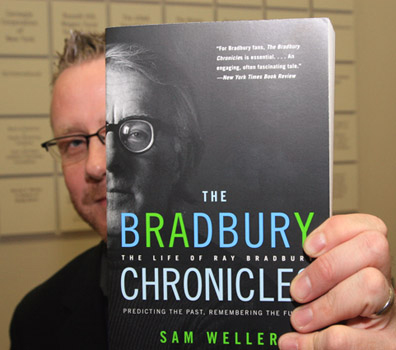

Meanwhile, some interesting aspects of Bradbury’s life and his work are unsatisfactorily described. We’re left with the impression that Ray Bradbury is really nice, and his stories are good, and most people like him.Ĭertain tropes or pieces of information are repeated over and over and made too much of, like the fact that Bradbury didn’t fly on an airplane until very late in his life, or the idea that Bradbury was constantly searching for critical validation from a non-sci-fi or fantasy audience. There is no way not to be fascinated by this assemblage, but there’s also a serious lack of critical judgment in the book.

Characters and Bradbury collaborators that appear include John Huston, Walt Disney, Alfred Hitchcock, and Gene Kelly. We can glean from this volume that Ray Bradbury lived an exemplary mid-20th century life, writing himself up the totem pole of fame by dint of unfailing effort and cheerfulness. This book tries to answer the question: Who was the man who wrote these diamond-like tales? Ray Bradbury’s stories stick in the mind like myths, because they are so terrible and vehement in their plotting. It’s an anecdote that anybody who first read the Bradbury tale “The Veldt” in seventh-grade language arts can understand. If you dream the proper dreams, and share the myths with people, they will want to grow up to be like you.Īt one point in this glowing and uneven biography, the creator of The Twilight Zone unknowingly poaches “The Silent Towns,” a chapter from Ray Bradbury’s great book The Martian Chronicles.


 0 kommentar(er)
0 kommentar(er)
